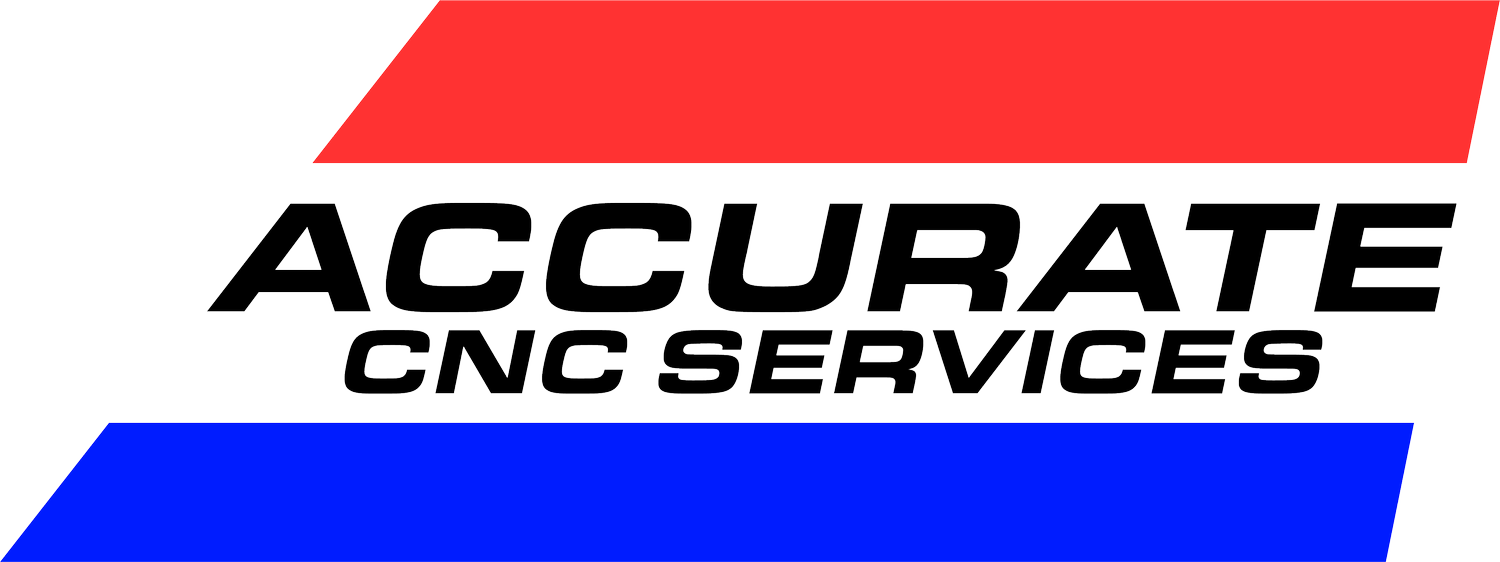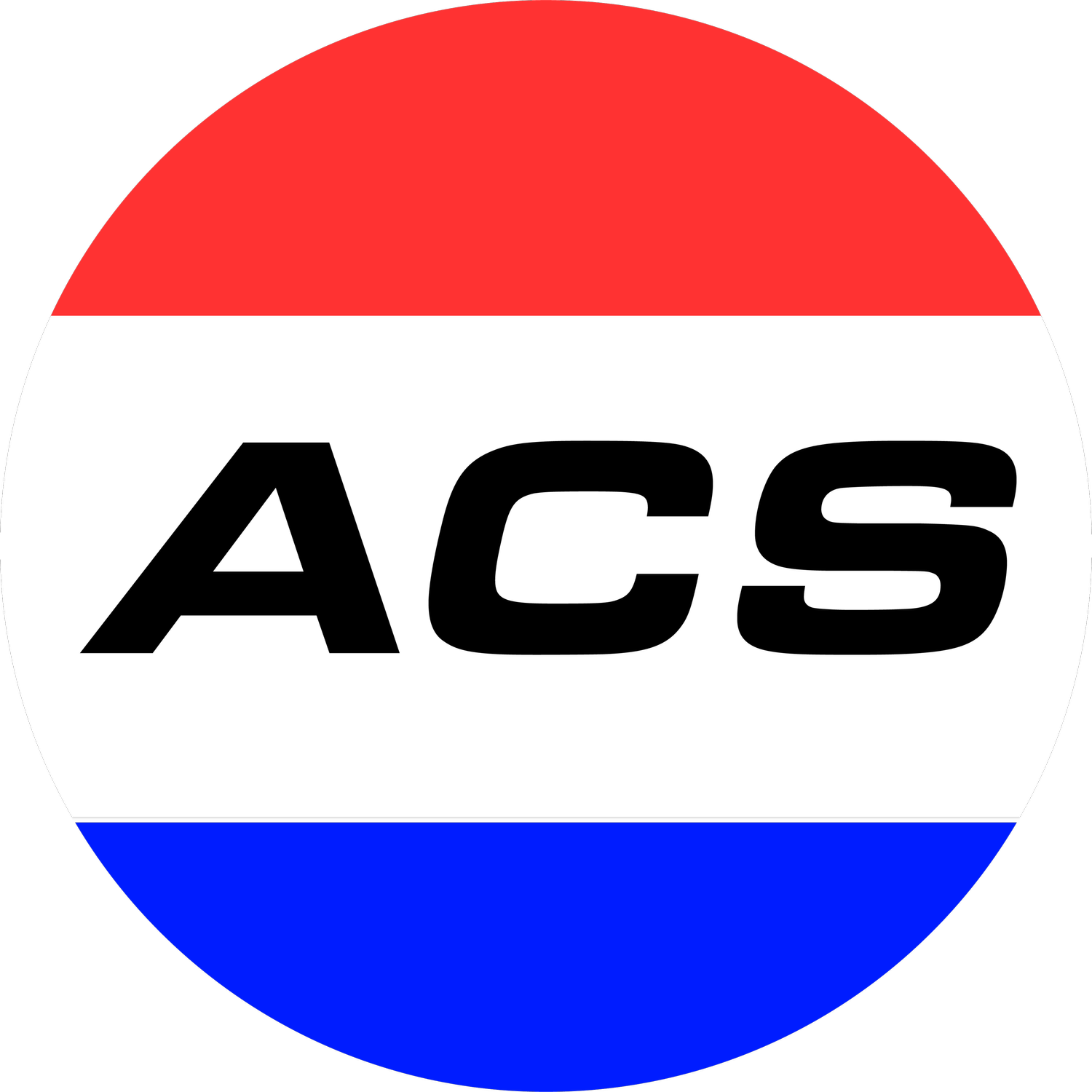Bending Acrylic and Other Plastics with Thermoforming
From bending acrylic to shaping Lexan, Accurate CNC Services uses specialized heating techniques to provide plastic fabrication from our Northern Idaho shop.
Our thermoforming solutions include radiant and infrared methods, which both work by exposing the plastic’s surface to the heating element. After the material reaches the desired temperature, we quickly perform the desired straight-line bends before allowing the plastic to cool and harden.
Unlike expensive injection molding, heat bending is an effective, cost-conscious way to manipulate extruded or cast flat sheets.
Using Heat as a Polycarbonate, Polyethylene, and Acrylic Bender
Clear polymers may not be interchangeable in practice, but they bend (literally) to the same methods. We offer heat bending for all of these popular plastics:
Acrylic. Also known as plexiglass, this petroleum-based thermoplastic is known for its exceptional clarity, making it a common choice for security barriers, lenses, LCD screens, and exhibit enclosures.
Polycarbonate. More expensive than the equally bendable plexiglass, polycarbonate is also stronger. Its durability makes it a desirable plastic in the construction industry.
Duraplex. Praised as an affordable alternative to polycarbonate, Duraplex can withstand rough treatment and is malleable at temperatures ranging from 270 to 375 degrees Fahrenheit.
Lexan. Lightweight and impact-resistant, this brand-name polycarbonate is in high demand for products varying from Blu-rays and TV screens to laptop cases and gaming controllers.
UHMW. Popular in food processing machinery and other manufacturing equipment, Ultra High Molecular Weight Polyethylene (UHMW) is valued for its durability and wear resistance.
Each plastic requires different temperatures to achieve malleability. If a material is under-heated, it can fracture. Overheat the material, and it may melt. Bending acrylics, polycarbonates, and polyethylenes requires careful oversight, and Accurate CNC Services is up to the task.
Note that we do not heat-treat acetyl or PVC, both of which emit toxic gasses when heated.
The Radiant Heat Method
When thermoforming with radiant heat, we utilize a heating element encased in a thin, seven-foot-long aluminum bar. Once the bar is fully heated, we expose the material to the heat until it reaches the necessary temperature, then bend the part.
Radiant heat effectively warms synthetic and semi-synthetic materials up to ⅜” thick, and the radiator’s width affords a large bending radius. However, every benefit comes with a downside, and for radiant heat-bending, that downside is time, with each bend requiring a lengthy 10-15 minutes or more. Radiant heat bending is also energy inefficient, as a significant amount of heat gets lost to the environment.
The Infrared Heat Method
Similar to an induction stovetop directly heating a pot, infrared heat bending is a safe, precise method of softening plastics for thermoforming. A cooled aluminum extrusion houses the thin, coiled element, which delivers quick heating for tight-radius bends. Infrared heat’s speed and efficiency make it an incredible solution for our customers, who have benefitted from our reduced prices and accelerated turnaround times.
However, not all materials can be heated using the infrared method. UHMW, for example, will not absorb infrared heat. Infrared heat also fails to penetrate thick materials, though we can often navigate this challenge by notching a chamfer along the center of our bend line.
The Final Steps
Post-fabrication, heated plastics must be cooled. The cooling process is critical if the material is to maintain its form and regain its strength. Depending on the part, we place the warm, still-flexible form into a mold or use fixturing to secure the material until it cools into the desired shape.
Choose Accurate CNC Services for Your Next Plastics Project
We’ll help you select the best material for your job and determine the appropriate method of heat fabrication. We can bend material up to 0.250” thick and up to 70” in width. Depending on the complexity of the part, the overall length of the part is irrelevant, but the width and thickness are constraining factors for bending. We are able to make bending fixtures if they will not fit, or do not work with, our bending table. Our commitment to quality and customer care ensures that you’ll receive a product you can be proud of from an acrylic bending shop you can trust.




